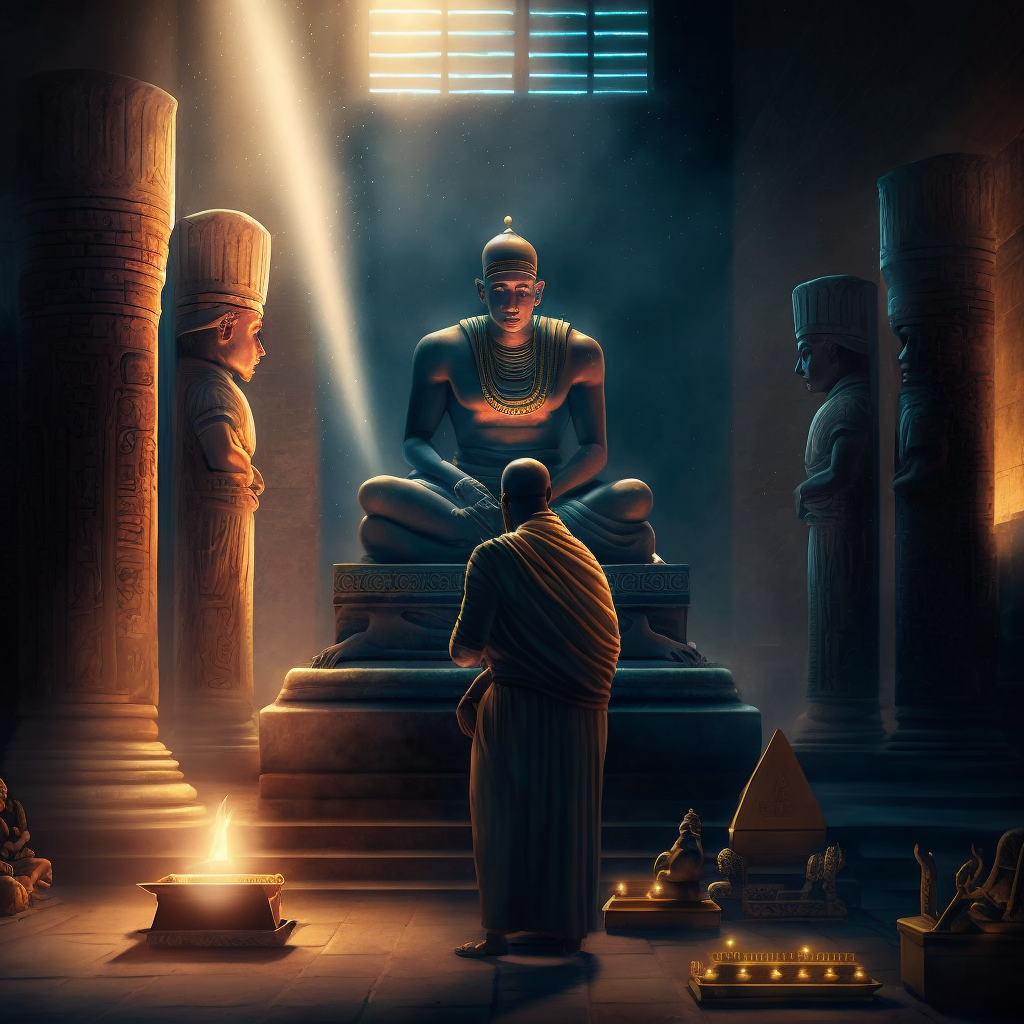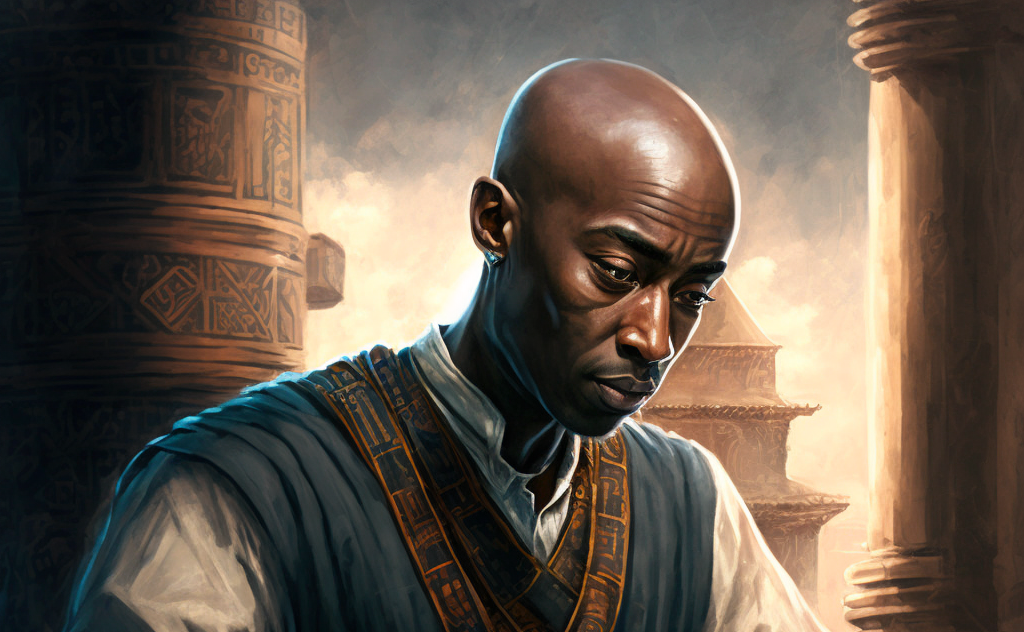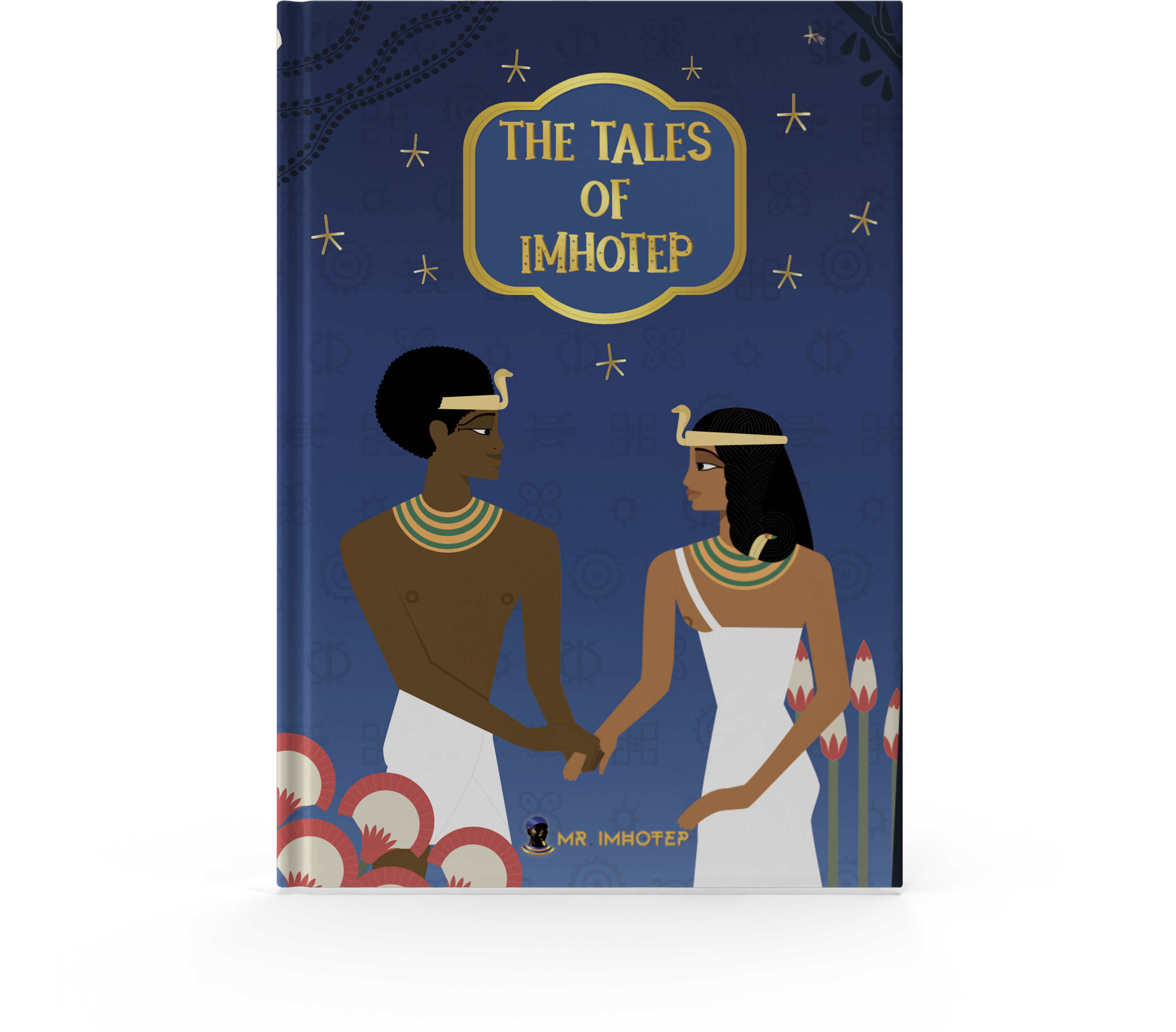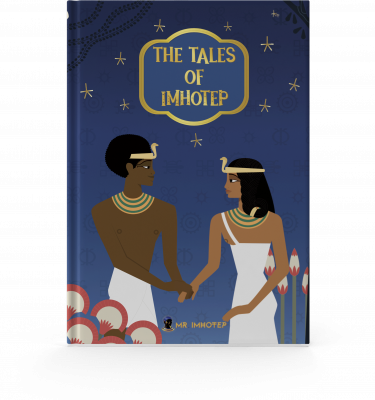Sometime during the 27th century BCE, a man called Kanofer and his wife Khereduankh were expecting a child. They had no way of knowing it at the time, but that child, a boy named Iemhetepu or Imhotep, would go on to change the course of history and become one of the most influential figures in the world.
Born into a poor family in the city of Memphis, Imhotep was expected to follow in his father’s footsteps as an architect. But Imhotep had other plans. Despite being a commoner in a society where families were hereditarily committed to a single profession, Imhotep excelled in multiple fields. He was a polymath with an array of talents, including architecture, scribing, priesthood, invention, engineering, medicine, astronomy, writing, and healing. As a result, his reputation spread to the royal court, and he was invited to assist Pharaoh Djoser in addressing a drought and famine that were crippling the country.
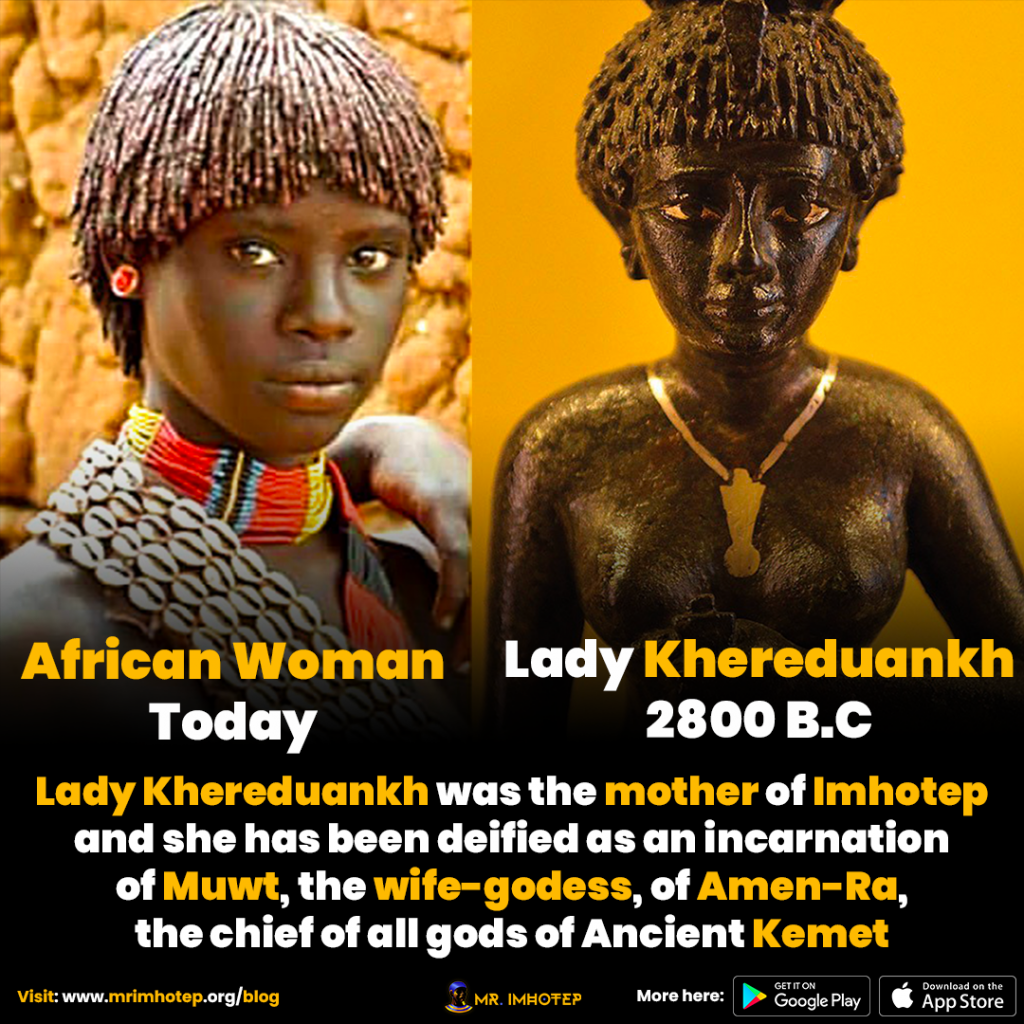
Impressed by Imhotep’s success, Pharaoh Djoser appointed him as chief architect, or vizier, the second most important title in the Kingdom. In this role, Imhotep oversaw all of Pharaoh’s projects and had the opportunity to put his innovative ideas into practice. One of those ideas revolutionized the world of architecture: the use of cut stone to construct buildings. This allowed structures to rise higher and last longer than ever before, and it is how Imhotep built the world’s first pyramid, the stepped pyramid of Djoser, which stands at a height of 200 feet.
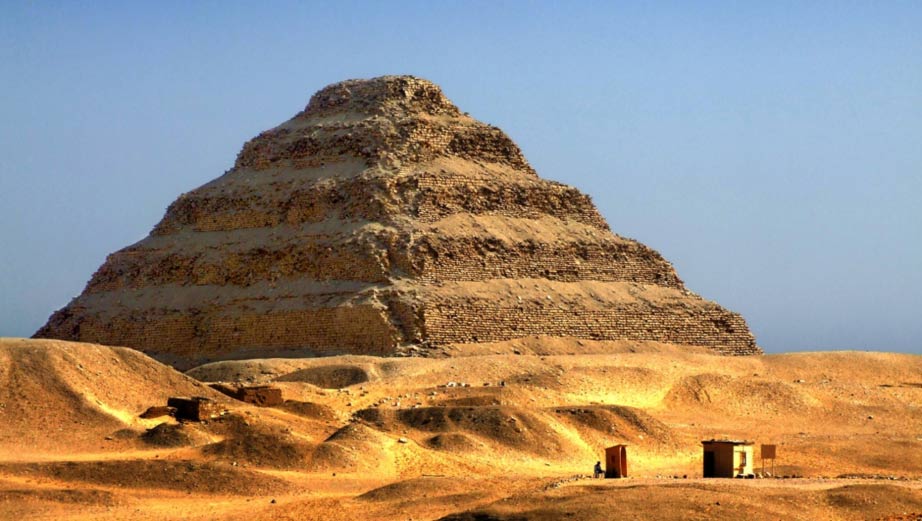
But Imhotep’s impact went far beyond the realm of architecture. He was also revered for his healing abilities and was worshiped as a god by later civilizations such as the Greeks and Romans. Emperors such as Claudius and Tiberius had inscriptions praising Imhotep on the walls of their temples, and the Roman Christians referred to him as a healer, a prince of peace, and a giver of rest. The ancient Egyptians also paid tribute to Imhotep by dedicating a temple to him on an island near Swenet, or Philae.
Despite his numerous accomplishments and enduring legacy, Imhotep’s tomb has never been discovered. However, this mystery only adds to his enduring allure and the enduring fascination with this ancient figure. Today, Imhotep is remembered as a pioneer and one of the most accomplished figures in history. His many talents and innovations continue to inspire and influence people around the world. He serves as a reminder of the incredible potential that lies within each and every one of us, and the impact that one person can have on the world.
